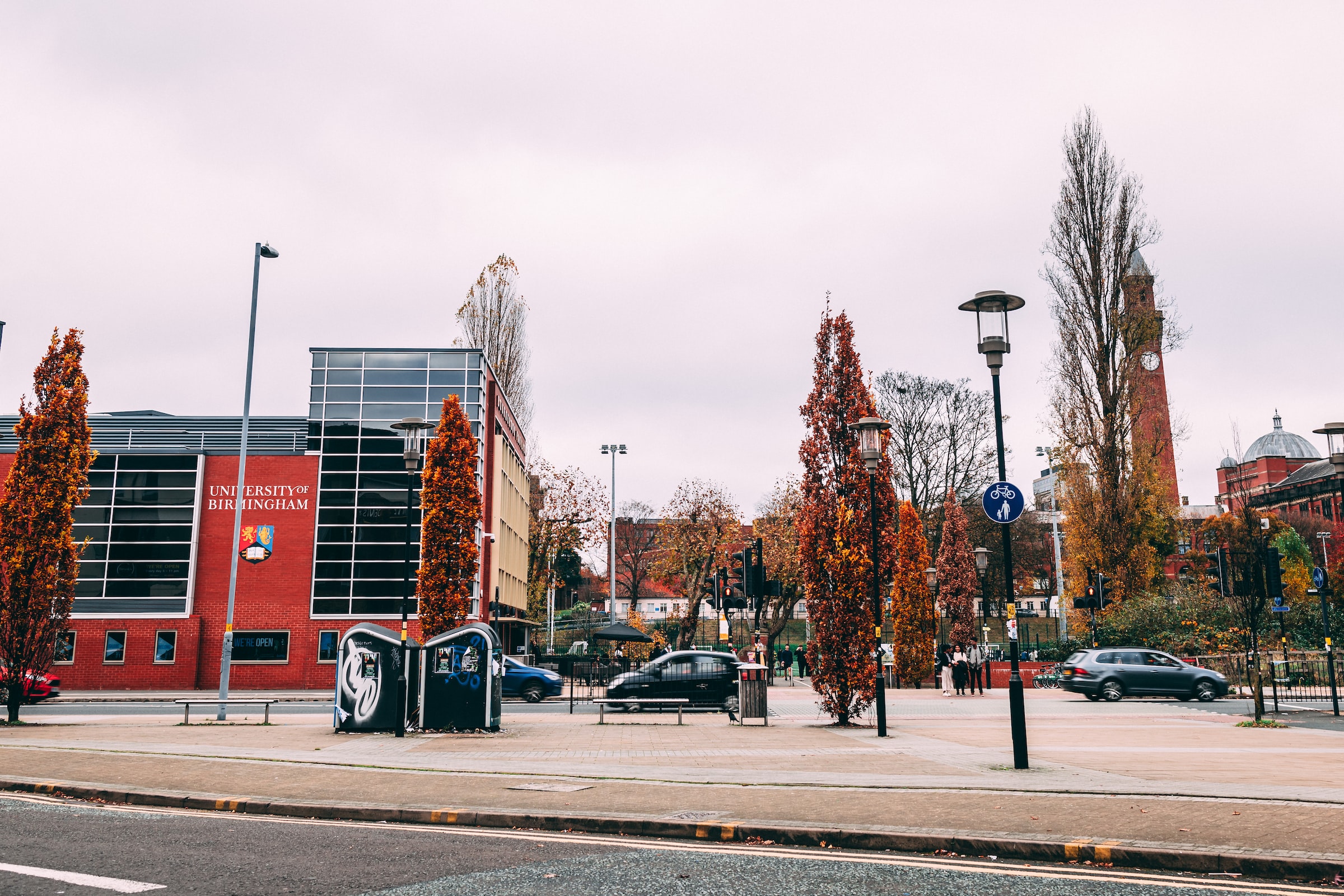
Sci and Tech writer, Gwydion Eliott explores the new revelation of the Amazon Rainforest’s origins.
66 million years ago the dinosaurs were wiped out in a calamitous asteroid impact, but a recent study suggests that the event is also responsible for creating one of the densest and lushest environments on Earth – the Amazon rainforest.
The asteroid, which struck our planet at what is now Mexico’s Yucatán Peninsula, caused widespread global collapse despite being only around 10 to 15 km in size. As the space rock smashed into our planet it kicked up clouds of dust and ash which lingered in the atmosphere and reduced the sunlight that could reach the Earth. This “impact winter” led to dark and cold conditions which many plants could not survive. As the plants died, so did the dinosaurs.
This “impact winter” led to dark and cold conditions which many plants could not survive
A recent study in the journal Science aimed to uncover the changes that occurred in South American forests following the asteroid strike. By investigating fossilised pollen and leaves buried below the Earth’s surface, the scientists discovered a dramatic shift. Before the asteroid strike, these forests saw a mixture of ferns, conifers (cone-bearing plants like pine), and flowering plants. Between each of the trees were large clearings, with plenty of light reaching the forest floor through the open canopy. After the impact, both pines and ferns disappeared from these forests, and the flowering plants (also called angiosperms) took over. As life regrew the angiosperms flourished. They tangled together, forming the dense rainforests we see today. For the first time, the tree canopies crossed over one another to form one thick roof and many new plant species developed in the murky undergrowth. It took six million years for plant diversity to reach what it had been pre-impact, but once it did it was the flowering plants that dominated.
For the first time, the tree canopies crossed over one another
So why is it that we see such a difference in forest type before and after the impact, rather than regrowth of what we had seen before? The scientists offer up three possibilities. It is possible that dinosaurs had been keeping the forest thin by grazing on the forest floor. With the dinosaurs gone, more trees could sprout up and grow to their full size. Another possibility is that ash from the impact brought essential nutrients to the soil as it settled from the air. The flowering plants could grow quicker in these nutrients, and so had the advantage over conifers and ferns when the forest returned. Thirdly, greater genetic diversity amongst flowering plants might have allowed them to better adapt to the new conditions brought on by the asteroid strike, while conifers and ferns went extinct more easily.
The surprising conclusion of the study is that our planet’s most diverse and complex ecosystem arose as a by-product of an evolutionary accident. Had that asteroid had a different trajectory the Amazon as we know it would not be here. Then again, neither would we.
Interested in reading more from Sci and Tech? Check out the articles below!

Comments